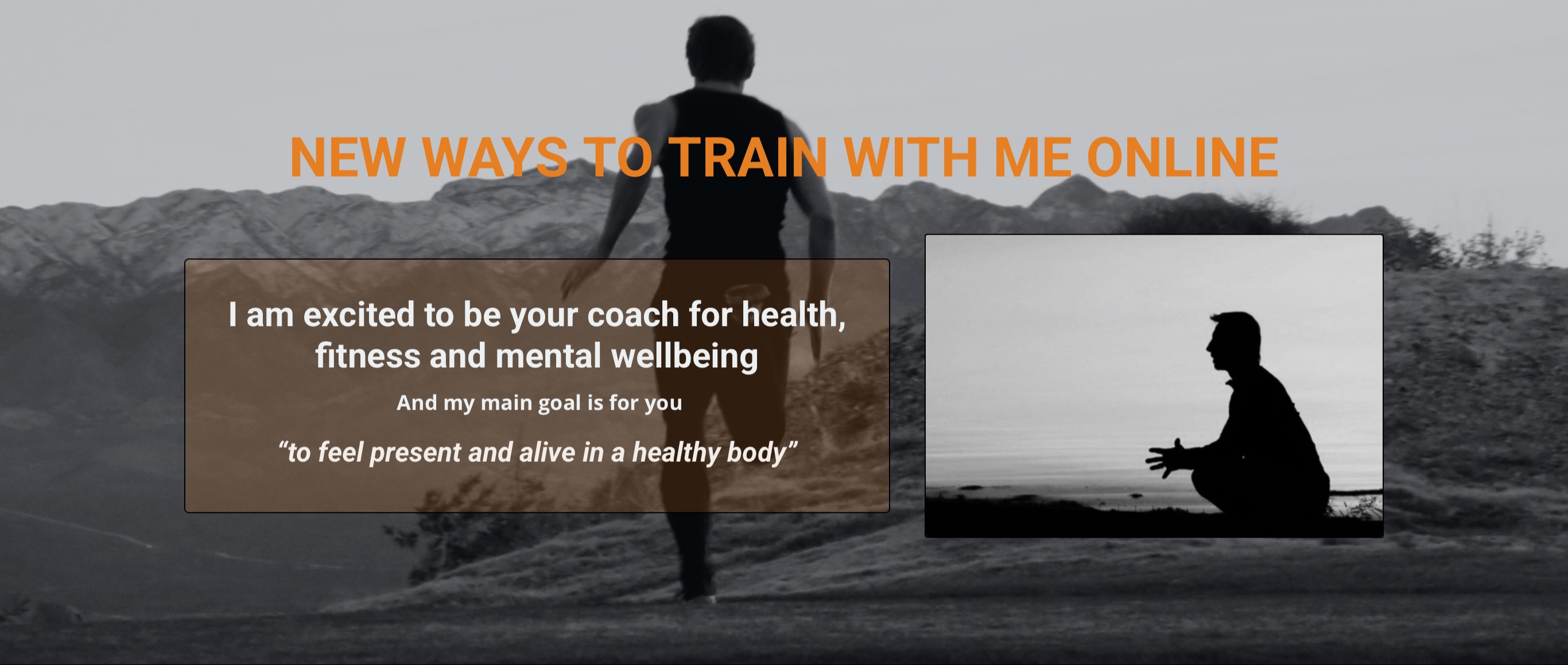The emotional side of posture

Over thinking can lead to poor posture and poor posture can amplify a bad mood. I say, become present, deal with what you need to deal with in a calm yet direct manner and step forward with good alignment!
Good posture has so many benefits… tension reduction, better workouts, easier breathing, movement confidence and perhaps most significantly, you feel better on the inside. And at this start of our alignment focus, I am hoping that you are already feeling a positive difference.
It’s hard to have good posture and be in a bad mood
I think that we get in negative states when over-thinking. And, thought usually stems from the past or future. I call it the ‘speech bubble’ concept… it’s like you get projected out of your body and out of the moment. This of course might be unconscious but either way, it is quickly remedied by being more present and registering your alignment.
If thought persists, it can contribute to poor posture. One example is the head position; it either drops down, juts forward or sometimes when picturing the future the head lifts. And some of this is lead by your brain/eyes:
- When you look up to the right, you are likely recalling a visual memory
- Looking eye level and right, it’s an auditory recall
- Whereas looking up or to the side and to the left, you’re being creative (new processing)
- And when your eyes go down and left you are processing internally (feelings)
Now, much of this is going on without you knowing so you may not notice your own eye movement pattern or head position change, but you can certainly look out for it when conversing with others. Then, just like a mirror you’ll be more likely to register it yourself.
And, in the case of a (thought created) forward head posture, this definitely needs a pattern interrupt… then your neck will be happy!
The remedy is simple… to be more present, more here!
With awareness in check, you can take a moment to breathe and gently stretch and this can bring your body back to neutral and your mind back to it’s default setting of being calm.
What should you do if you find your body and mind down?
Well, negative experiences are part of life and even the most chilled and embodied person in the world can have wobbly moments. Good alignment is then the last thing on their mind.
First up, a note about emotions. One of the differences between an emotion and a thought is how it affects form. Your mind pictures thoughts and these tend to be external but your body feels emotions and it’s like they land in the body and can have quite an unwanted impact.
In very basic terms, emotions can literally alter posture. E.g:
- Joy, happiness and gratitude tend to be light and uplifting (more extended)
- Whereas sadness, grumpiness and grief tend to drop us and feel heavy (more flexed)
We’ve have had write ups and class clusters about emotional wellbeing in the past but that’s not really our focus here. However, if you do have an emotion that impacts your body/posture/life in a negative way, especially if it’s recurring, then you might consider support from family, friends, colleagues or professionals. And our Dojiva mindfulness category has many videos for this (just use the search icon 🔎 and type in ‘mindfulness enquiry’).
For now, here’s are a few extra notes on this
There are many nuances to emotions, and these include:
- Body location
- Intensity
- Frequency
- Chronic (long standing) verses acute (more recent)
Common affected areas are the belly, heart and throat. And common sensations include feeling knotted, restricted, tight, choked etc.
We can get into trouble when we ignore emotional sensations or blast them out with any of the many distractions available these days. But, distractions don’t tend to resolve the issue. In fact, the most potent remedy starts with a repeat of the above line…
to be more present, more here
But that isn’t always easy and uncomfortable emotions are not how we want to spend our day. However, below is an approach based on honouring and listening that I have found useful. During any experience of emotional challenge, can you:
- Be still for a moment
- Slow and calm your breathing
- Stay with the physical sensations and even bring extra focus to how and where the feeling lands in your body
- Notice your posture during this time (nothing to change, just notice)
- When you feel ready, gently start to move and do some light stretches
With this matching approach, you might find that the strength of the emotion soon diminishes
Good news
Although an emotion can land in the body, it does not have be be stored there. You could think of a negative emotion as something that is in transition, like travelling through an airport and to a new time zone. It doesn’t always feel good, can be quite stressful but before long, it’s over and you feel refreshed again.
Also, on a psycho/emotional side, you might have developed a postural pattern based on the opinions of others. Such as physical therapists, doctors, coaches and family members who told you how to stand/align your self. And, at a young age, you may have naturally copied your parents/siblings (if they slumped your might too).
If that’s true, why not be the link that breaks the chain?
And remember, your body knows neutral and would love to be there more often!
Be sure to take/play Mobility type classes two or three days a week.
Summary
Everyday you have an opportunity to move and interact from a new place. Why not choose awareness and good posture?
And that’s because bad posture can ‘lock in’ emotional tension, whereas good posture gives you the opportunity to release old emotional patterns. So, let’s not spend too much of the day ‘out there’ in thought. Simply come back to the moment with awareness of your alignment and breath.
Thanks for reading
Take care
Danny
To access all Dojiva classes, start the 10 day trial - click here




